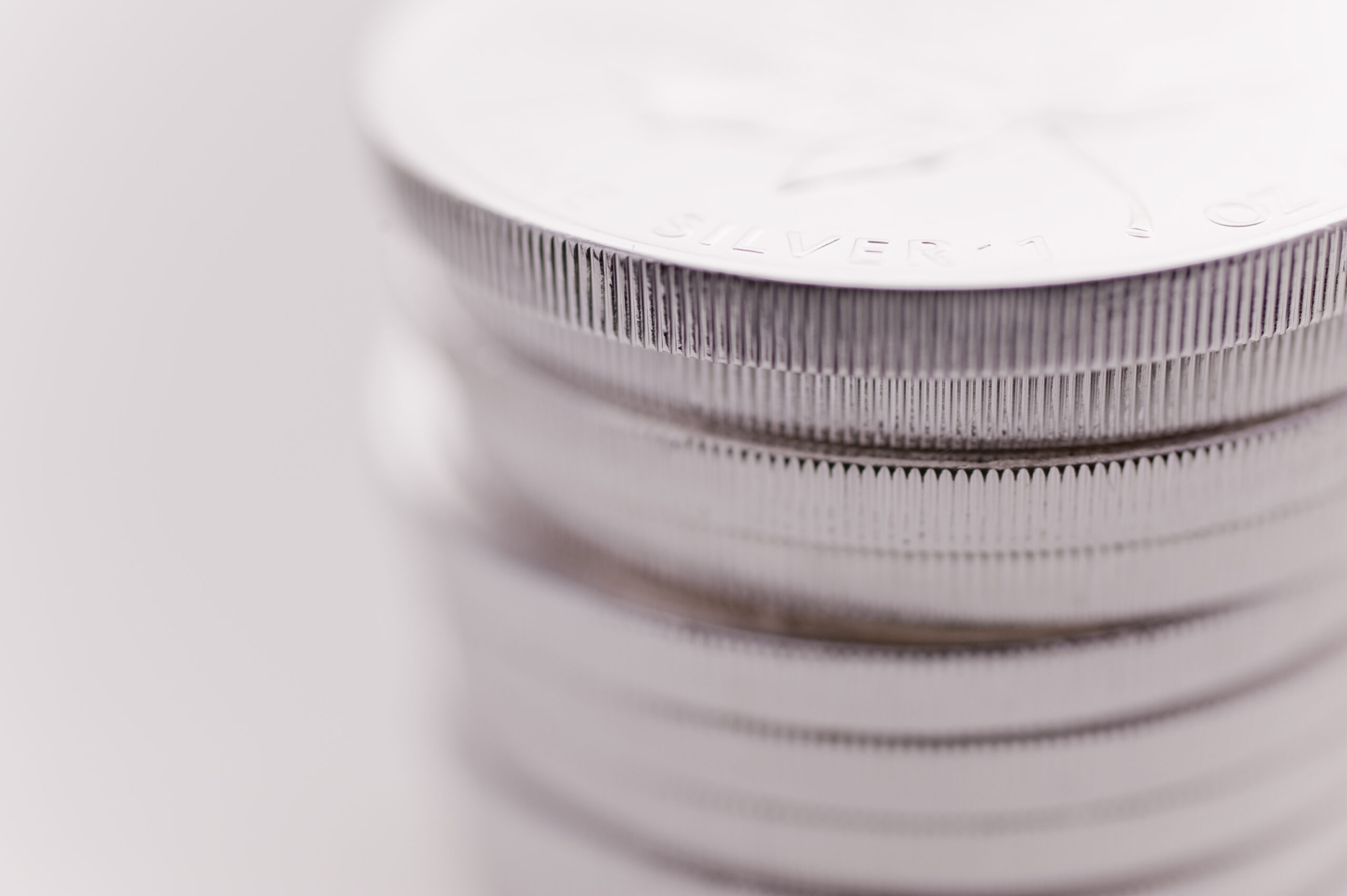In today’s unpredictable financial climate, investing in gold and silver has become increasingly popular. These precious metals have always been a safe haven for investors looking to diversify their portfolios and protect their wealth against market volatility. If you are considering investing in gold or silver, here are five proven strategies that can help you profit from these valuable assets.
1. Introduction to Wealth Management
Wealth management is an essential aspect of investing in precious metals. It involves managing your finances effectively to achieve your long-term goals. When it comes to investing in gold and silver, the key is to strike a balance between risk and reward. You need to understand the potential risks involved in precious metal investments and develop a strategy that aligns with your tolerance for risk.
2. Understanding the Basics of Investing in Gold and Silver
Before you start trading gold and silver, it’s crucial to understand how they work as investments. Unlike stocks or bonds, precious metals don’t offer dividends or interest payments. Instead, their value lies in their ability to maintain purchasing power over time. The price of gold and silver fluctuates based on supply and demand, economic conditions, geopolitical events, and other factors. By understanding these fundamentals, you can make informed decisions about when to buy and sell precious metals.
3. How to Start Trading Gold and Silver Today
There are several ways to trade gold and silver, including buying physical coins or bars, investing in exchange-traded funds (ETFs), and futures contracts. Each method has its advantages and disadvantages, so it’s essential to do your research before choosing one. One of the most convenient ways to get started is by opening an online brokerage account, which allows you to buy and sell precious metals at any time.
4. The Importance of Diversification in Your Portfolio
Diversification is critical when it comes to investing in precious metals. While gold and silver can provide stability and protection during times of uncertainty, they also come with significant risks. To mitigate those risks, it’s essential to spread your investments across multiple asset classes, such as stocks, bonds, real estate, and commodities like precious metals. This way, if one investment underperforms, others may compensate for the loss.

5. Finding the Right Broker for You
Choosing the right broker is imperative when investing in precious metals. Look for a reputable firm that offers competitive fees, excellent customer service, and a wide range of investment options. Make sure the broker you choose provides access to live prices and up-to-date news and analysis related to precious metals markets. Also, consider whether the broker offers storage solutions for physical gold and silver.
Tips on Buying Physical Gold and Silver
If you decide to purchase physical gold or silver, there are some important things to consider. First, determine what type of coin or bar you want to buy. Some popular choices include American Eagle coins, Canadian Maple Leaf coins, and South African Krugerrands. Second, be aware of the premiums associated with each product, which refer to the additional cost above spot price. Finally, consider where to store your precious metals. Many investors opt for secure storage facilities that offer insurance coverage and easy access to their holdings.
What is Precious Metals Storage?
Precious metals storage refers to the process of storing physical gold and silver in a secure location. There are several reasons why investors choose to store their precious metals, including safety, security, and convenience. Secure storage facilities typically offer insurance coverage, 24/7 surveillance, and controlled access to ensure the safety of your holdings. Additionally, many facilities allow investors to take physical delivery of their precious metals at any time.
Why Choose a Self-Directed IRA?
A self-directed individual retirement account (IRA) allows investors to direct their own investments without the need for a traditional financial advisor. With a self-directed IRA, you have complete control over your investment decisions, including whether to invest in precious metals. One advantage of using a self-directed IRA is that it allows you to consolidate all of your retirement savings into one account, making it easier to manage your investments. Another benefit is that it can potentially reduce tax liabilities associated with traditional IRAs.

Tax Implications of Investing in Precious Metals
When it comes to taxes, investing in precious metals can be complex. Depending on how you structure your investments, you may face capital gains taxes, income taxes, or other tax implications. For example, if you hold physical gold or silver in a self-directed IRA, your profits will not be subject to tax until you withdraw them during retirement. However, if you sell precious metals outside of your IRA, you may owe capital gains taxes depending on the length of time you held the investment. Consult with a qualified tax professional for more information on the specific tax implications of investing in precious metals.
Common Mistakes Made by First Time Investors
One common mistake made by first-time investors is failing to conduct thorough research before investing. Before putting money into precious metals, it’s essential to educate yourself about the market, the different types of investments available, and the risks involved. Another mistake is focusing too much on short-term price movements instead of long-term trends. Remember, precious metals are a long-term investment, and short-term fluctuations should not influence your decision-making process. Finally, avoid getting caught up in hype or emotional decision-making. Stick to your investment plan, and don’t let fear or greed cloud your judgment.
